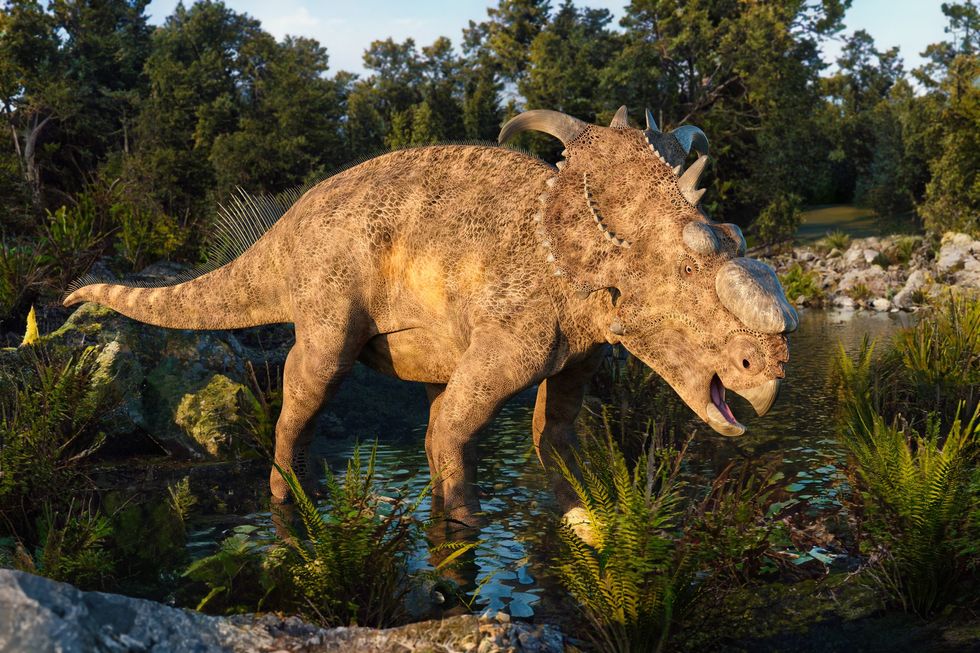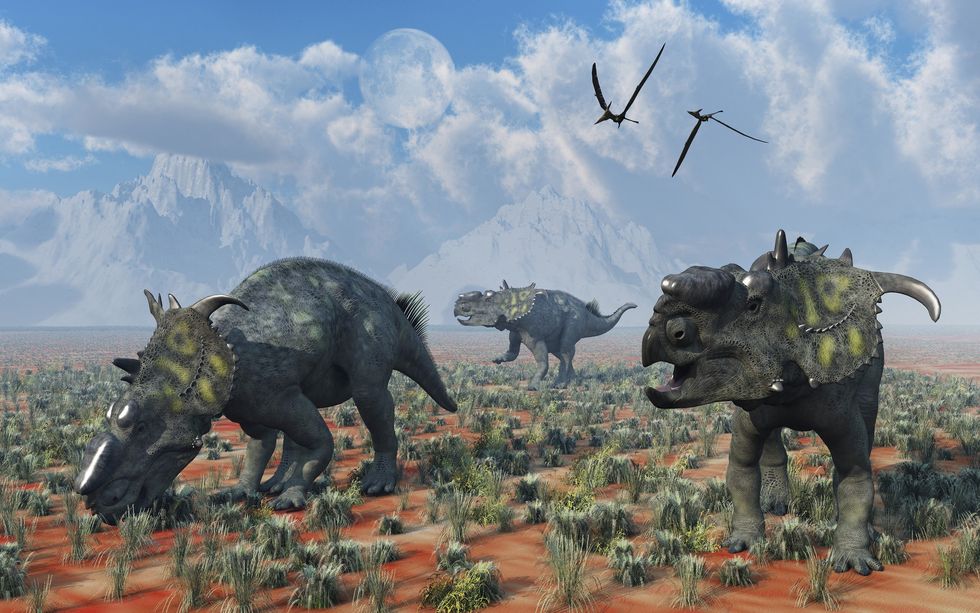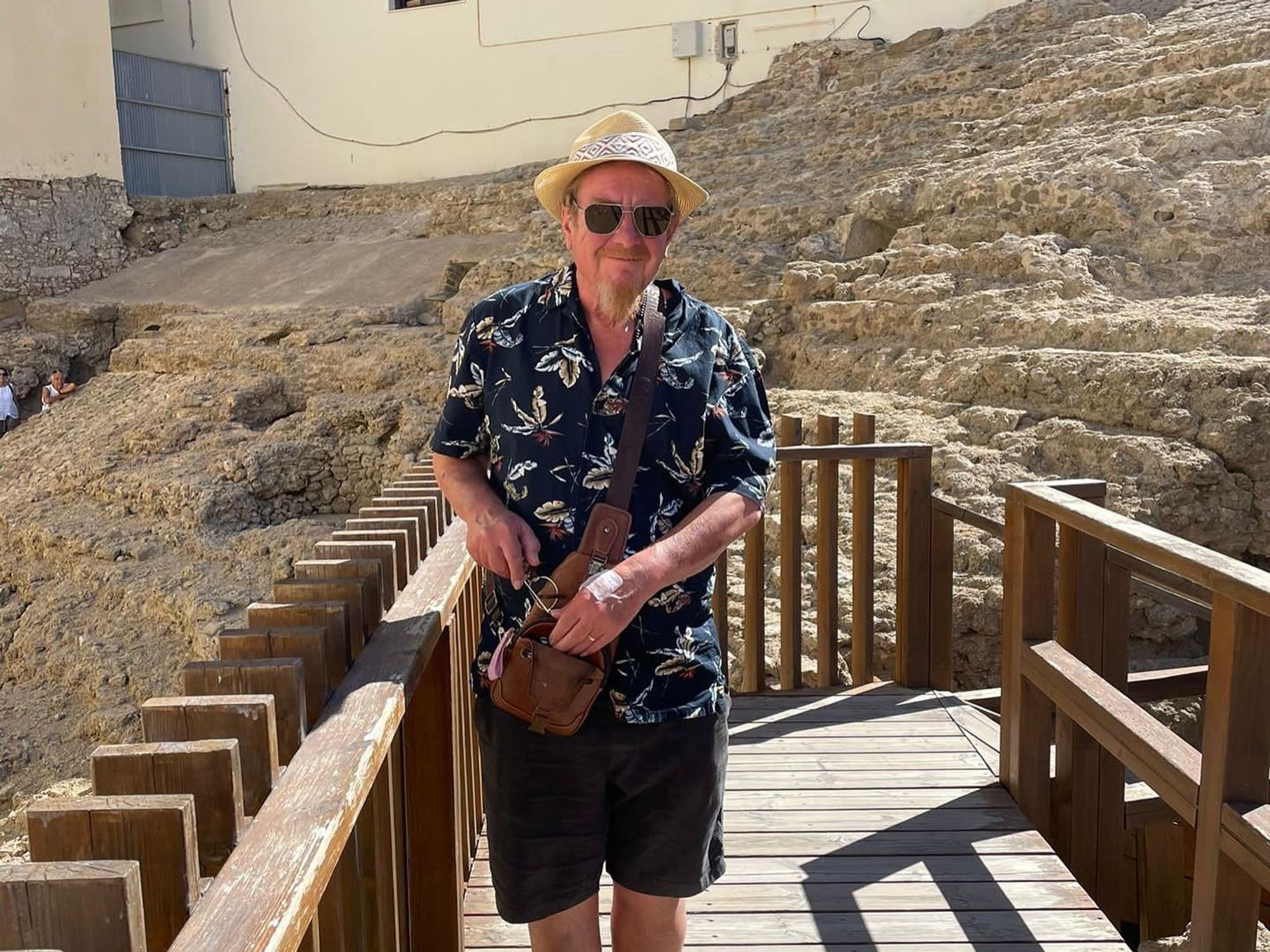Palaeontologists unearth mysterious mass dinosaur grave filled with thousands of bones - 'River of Death'
The bed of bones extends for nearly a mile
Don't Miss
Most Read
Palaeontologists have uncovered the remains of thousands of dinosaurs while excavating in Alberta, Canada.
Thousands of dinosaurs were buried at Pipestone Creek, aptly nicknamed the "River of Death", in what appears to have been a catastrophic event 72million years ago.
This extraordinary prehistoric graveyard contains the remains of one particular species - Pachyrhinosaurus.
However, the fossils are so densely concentrated that researchers estimate there are up to 300 bones in every square metre.
A team of palaeontologists led by Professor Emily Bamforth is working to unravel the mystery of what happened to the creatures.

The graveyard contains remains from Pachyrhinosaurus dinosaurs
| GETTYAs they carefully excavate the area, they're uncovering what Bamforth describes as "palaeo gold".
The site is believed to be "one of the largest bone beds in North America".
So far, the team has excavated an area the size of a tennis court, though the bone bed extends much further.
Bamforth said: "It's jaw-dropping in terms of its density."
LATEST DEVELOPMENTS:
Thousands of fossils have already been collected from the site, continuously generating new discoveries and helping researchers piece together clues about these ancient creatures.
The Pachyrhinosaurus dinosaurs found at Pipestone Creek lived during the Late Cretaceous period.

Pachyrhinosaurus existed around 60 to 100million years ago
|GETTY
These relatives of the Triceratops were impressive creatures, measuring about five metres long and weighing two tonnes.
The four-legged herbivores had distinctive physical characteristics, including large heads adorned with a bony frill and three horns.
The climate in Alberta during this period was much warmer than today, creating an environment rich with vegetation that provided abundant food for these plant-eating dinosaurs.
"More than half of the known dinosaur species in the world are described from a single specimen. We have thousands of Pachyrhinosaurus here," Bamforth noted.
The fossils include remains from Pachyrhinosaurus of every size, which palaeontologists believe these dinosaurs met their fate while migrating in a colossal herd.
Evidence suggests they were travelling hundreds of miles from southern wintering grounds to northern summer territories when disaster struck.











